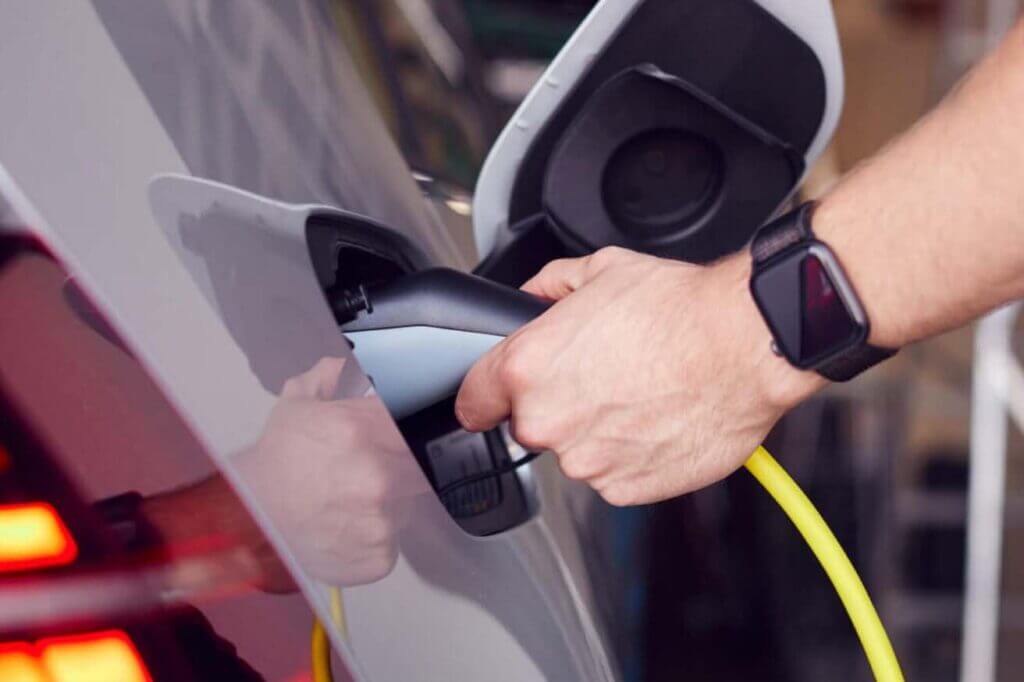Three pieces of hardware are required to make an electric car charging station work: a connector, a charging cable and a plug. Learn how the J1772 connector, which EvoCharge was involved in the standardization of, makes the home EV charging experience universal.

The Benefits of Owning A PHEV Home Charging Station
Plug-in hybrid vehicles, in comparison to standard internal combustion vehicles, offer a range of benefits. Learn how having a home charging station for your PHEV is convenient and will maximize savings.

What’s the True Cost of Electric Vehicle Charging from Home?
If you plan to install a home electric charging station, there are three things to price out to know the cost of electric car ownership: How much the charging station costs, whether you need to hire an electrician, and your rate for electricity.

EV Battery Charging Maintenance Tips to Extend Its Life
EV batteries are virtually maintenance-free for drivers, since owners are unable to directly access the battery under the hood. However, there are tips and best practices to follow to help keep your battery in good condition for longer.

How to Charge Your Electric Car At Home Without A Garage
The gold standard to knowing if you can have a charging station for your electric car without a garage is whether your charger has a NEMA 4 rating. Formed nearly a century ago, NEMA (the National Electrical Manufacturers Association) sets standards for companies producing electrical products, equipment and wiring.

How to Install Your Own Level 2 EV Charging Station at Home
One of the best ways to not be tethered to or reliant on public charging solutions is to install a Level 2 aftermarket EV charging station at home. Thankfully, learning how to install an EV charging station and actually doing it is often simpler than many people think.

How Does the Electric Car Tax Credit Work?
The federal tax credit is available to those who purchase new EVs or plug-in hybrids vehicles (PHEV) only. Regular hybrid vehicles are excluded. Criteria to meet eligibility includes purchased automobiles must weigh less than 14,000 pounds, have a battery larger than 5 kWh and can be charged externally.

How to File Your Electric Vehicle Tax Incentive
Depending on the type of electric vehicle (EV) you purchased, and the state, federal district or province you bought it in, you may be eligible for tax incentives. In the United States, the federal government offers a nonrefundable tax credit of up to $7,500 on certain EV and plug-in hybrid vehicles (PHEV).

The Economics of Installing an EV Charging Station at Home
To keep your EV powered, and not rely on paying for charging when out in public, the economics of having an EV charging station at home suggest it’s necessary to charge at home as much as possible to provide savings and convenience.
